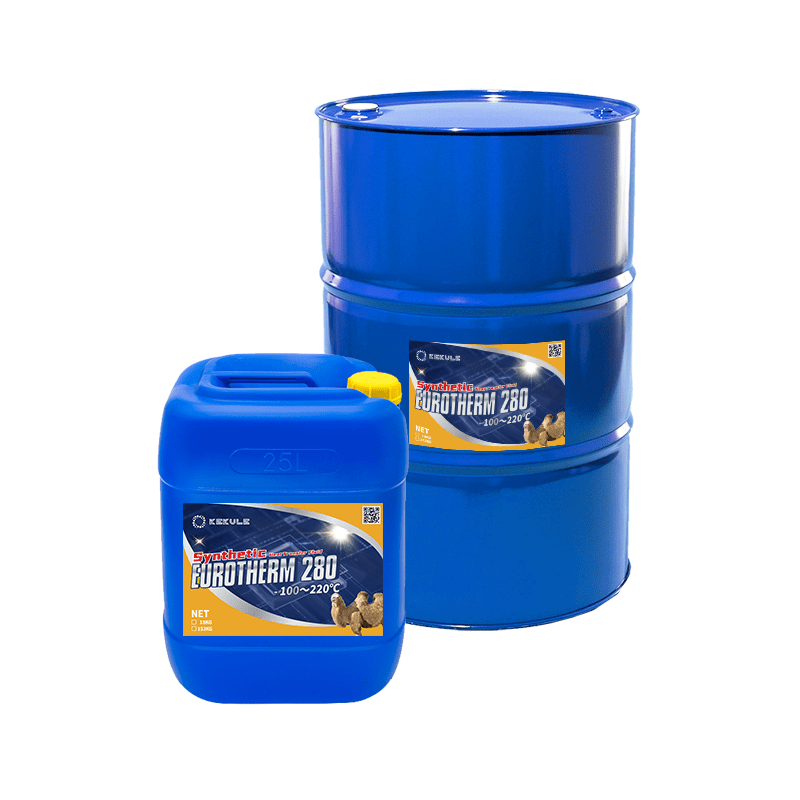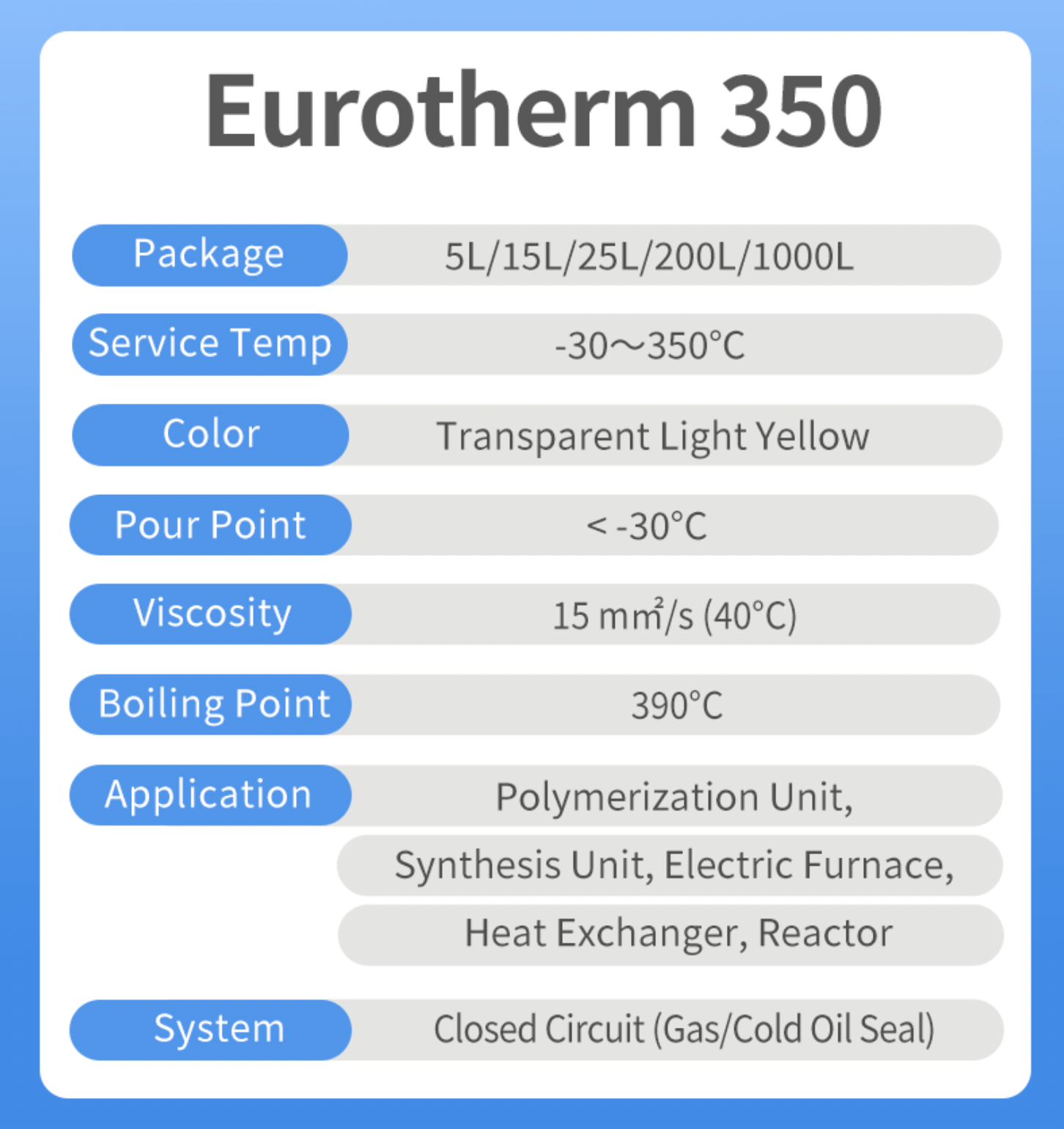An Unbiased View of Chemie
The Facts About Chemie Uncovered
Table of ContentsAll About ChemieThe 8-Second Trick For ChemieThe Buzz on ChemieFacts About Chemie UncoveredThe Greatest Guide To ChemieThe Of Chemie
By Bojanna Shantheyanda, Sreya Dutta, Kevin Coscia and David SchiemerDynalene, Inc. Liquid air conditioning, which can be attained utilizing indirect or direct ways, is made use of in electronics applications having thermal power thickness that might go beyond safe dissipation through air cooling. Indirect fluid cooling is where warm dissipating digital components are literally divided from the fluid coolant, whereas in instance of straight cooling, the elements remain in straight contact with the coolant.In indirect cooling applications the electrical conductivity can be important if there are leakages and/or splilling of the fluids onto the electronics. In the indirect cooling applications where water based fluids with rust preventions are usually made use of, the electrical conductivity of the fluid coolant mainly depends upon the ion concentration in the liquid stream.
The rise in the ion concentration in a shut loophole fluid stream may happen because of ion leaching from steels and nonmetal components that the coolant fluid touches with. During operation, the electric conductivity of the fluid may raise to a degree which might be hazardous for the air conditioning system.
7 Simple Techniques For Chemie
(https://www.dreamstime.com/betteanderson_info)They are grain like polymers that are capable of trading ions with ions in a service that it is in call with. In the here and now job, ion leaching examinations were carried out with various metals and polymers in both ultrapure deionized (DI) water, i.e. water which is treated to the highest levels of purity, and reduced electric conductive ethylene glycol/water combination, with the measured adjustment in conductivity reported with time.
The samples were allowed to equilibrate at room temperature level for two days prior to tape-recording the preliminary electric conductivity. In all examinations reported in this research fluid electrical conductivity was measured to a precision of 1% making use of an Oakton CON 510/CON 6 collection meter which was adjusted prior to each dimension.
The 2-Minute Rule for Chemie
from the wall home heating coils to the center of the heater. The PTFE example containers were placed in the heater when consistent state temperatures were reached. The test arrangement was gotten rid of from the heating system every 168 hours (7 days), cooled to space temperature with the electric conductivity of the fluid gauged.
The electric conductivity of the fluid sample was checked for a total of 5000 hours (208 days). Schematic of the indirect shut loophole cooling down experiment set-up. Elements utilized in the indirect shut loophole cooling experiment that are in contact with the liquid coolant.

Not known Details About Chemie
The change in fluid electric conductivity was kept track of for 136 hours. The liquid from the system was gathered and stored.

0.1 g of Dowex material was included to 100g of liquid samples that was taken in a different container. The mix was mixed and change in the electrical conductivity at area temperature was determined home every hour. The gauged adjustment in the electrical conductivity of the UP-H2O and EG-LC examination liquids including polymer or steel when engaged for 5,000 hours at 80C is shown Figure 3.
Some Known Facts About Chemie.
Ion seeping experiment: Measured change in electric conductivity of water and EG-LC coolants having either polymer or metal samples when submersed for 5,000 hours at 80C. The outcomes suggest that steels contributed fewer ions into the liquids than plastics in both UP-H2O and EG-LC based coolants.
Liquids containing polypropylene and HDPE showed the most affordable electrical conductivity adjustments. This could be as a result of the short, inflexible, straight chains which are less likely to add ions than longer branched chains with weak intermolecular pressures. Silicone also executed well in both test liquids, as polysiloxanes are normally chemically inert as a result of the high bond power of the silicon-oxygen bond which would certainly prevent destruction of the product right into the liquid.
The Best Strategy To Use For Chemie
It would certainly be anticipated that PVC would produce comparable outcomes to those of PTFE and HDPE based upon the comparable chemical structures of the products, however there might be other impurities present in the PVC, such as plasticizers, that might impact the electrical conductivity of the liquid - high temperature thermal fluid. Furthermore, chloride groups in PVC can additionally seep right into the test fluid and can cause a boost in electric conductivity
Buna-N rubber and polyurethane revealed signs of destruction and thermal disintegration which suggests that their feasible utility as a gasket or glue material at higher temperature levels might result in application issues. Polyurethane entirely degenerated right into the test liquid by the end of 5000 hour examination. Number 4. Before and after photos of steel and polymer examples immersed for 5,000 hours at 80C in the ion leaching experiment.
Calculated adjustment in the electrical conductivity of UP-H2O coolant as a function of time with and without material cartridge in the shut indirect cooling loophole experiment. The gauged modification in electric conductivity of the UP-H2O for 136 hours with and without ion exchange resin in the loop is shown in Number 5.